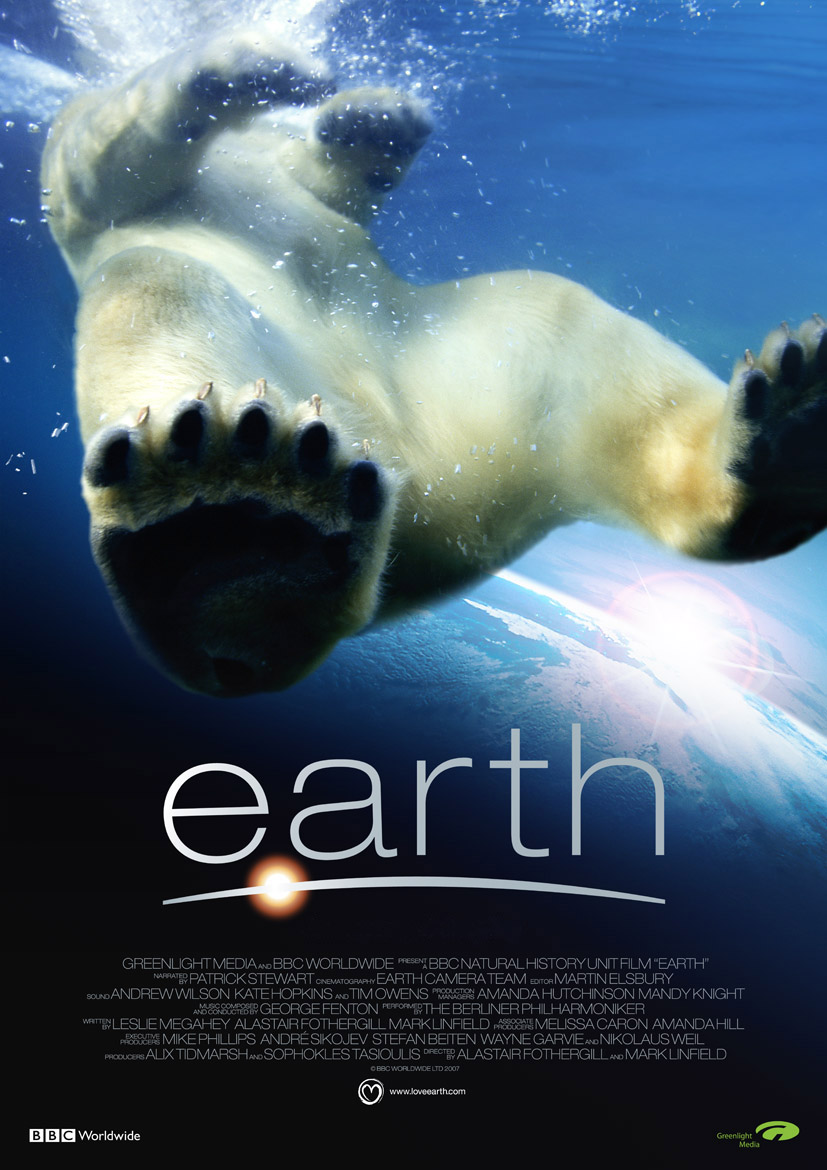Justerini & Brooks
Brand Positioning
Justerini & Brooks are one of the oldest wine merchants in the world. The business operated on a personal relationship basis supplying royalty and the world’s richest people with fine wines, but the board wanted to expand and drive faster growth. That meant expanding the target and so radically changing the brand & business and the way it operated.
Our task was to identify the most profitable and appropriate target market and recommend how to position the offer.
It was imperative that the existing, very high-end business wasn’t cheapened by the process of extending the target. To this end we developed three levels of membership and service based on variations in spending levels (or potential spending levels). Each level was kept completely separate so the high-end customers enjoyed even more personal attention and bespoke service than before; whereas the other tiers had a more standardised service, with the 3rd layer being predominantly web-based. Added to this, was a system that encouraged consumers to trade up their ‘membership’.
Every aspect of the business changed. We recommended that the business shifted away from supplying restaurants, as the margins were significantly lower, to focusing on the consumer. Even the hallowed stocking policy was changed substantially with New World wines being represented seriously for the first time.
By the end of the process we had the whole company fired up behind the new vision. Justerini & Brookes was transformed from a small specialist wine merchant supplying royalty to an upmarket wine brand for all those trading up from retail, wanting more service.



